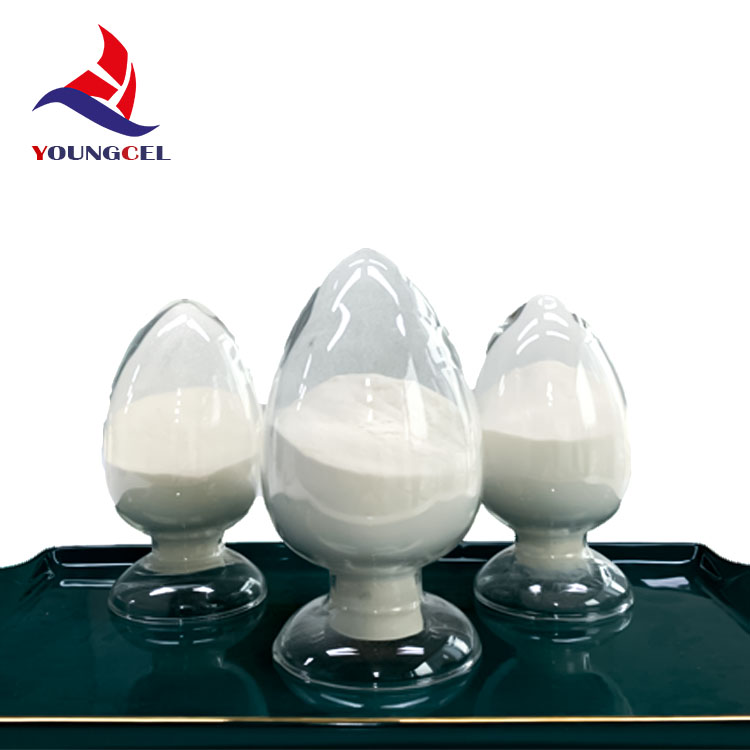The Rise of Cellulose Paint An Eco-Friendly Alternative
In recent years, the demand for environmentally friendly products has surged, particularly in the construction and home improvement industries. Among these, cellulose paint has emerged as a popular choice, capturing the interest of both consumers and professionals. Derived from natural cellulose, a polymer found in plant cell walls, cellulose paint offers a sustainable, biodegradable alternative to traditional paints, which often contain harmful chemicals that can negatively affect both human health and the environment.
What is Cellulose Paint?
Cellulose paint is made from cellulose ether, a derivative of cellulose. This innovative substance serves as a binder that provides flexibility and durability to the paint. The primary ingredients include natural fibers, water, and color pigments. The paint is often water-based, which means it has lower levels of volatile organic compounds (VOCs) compared to solvent-based paints. This characteristic significantly reduces the risk of indoor air pollution, making it a healthier choice for residential and commercial applications.
Environmental Benefits
The use of cellulose paint aligns with growing environmental consciousness. One of its most significant advantages is its biodegradability. Unlike conventional paints, which can take decades to break down and may release toxic substances into the soil and water systems, cellulose paint decomposes naturally, causing minimal impact on the environment. Additionally, the production of cellulose paint generally consumes less energy, as it utilizes renewable resources.
Furthermore, cellulose paint manufacturing tends to involve fewer harmful chemicals. Traditional paints often have high levels of solvents, which can off-gas harmful pollutants into the air, leading to health issues such as respiratory problems and skin irritations. In contrast, cellulose paint's lower VOC content means that users can enjoy a safer experience during application and drying.
Performance Quality
When it comes to performance, cellulose paint is commendable
. It provides excellent adhesion and can be used on various surfaces, including wood, drywall, and plaster. The finish is generally smooth, offering a pleasing aesthetic that can enhance the visual appeal of residential and commercial spaces. Moreover, cellulose paint is known for its ability to maintain color over time, resisting fading from UV exposure.cellulose paint

Another noteworthy aspect is its ease of application. Cellulose paint can be brushed, rolled, or sprayed on surfaces with minimal difficulty. It dries relatively quickly, allowing for faster project completion. This quick-drying nature also helps to minimize the chances of dust and debris settling on the wet paint, which can ruin the finish.
Challenges and Considerations
Despite its numerous advantages, there are some challenges associated with cellulose paint. One concern is its performance in extreme weather conditions. While it holds up well in average temperatures and humidity levels, it may not be the best choice for areas with excessive moisture or temperature fluctuations. Users in such environments might need to consider alternative protective measures or use cellulose paint in conjunction with a sealant.
Additionally, the availability of cellulose paint can be a limitation. Although its popularity is growing, it is still not as widely available as conventional paints. Potential users may need to seek specialized suppliers or manufacturers to access this eco-friendly option.
The Future of Cellulose Paint
As the global emphasis on sustainability continues to rise, cellulose paint is poised to become a more significant player in the market. Innovations in formulations and production processes may enhance the performance characteristics of cellulose paint, making it a reliable choice for an even broader range of applications.
Moreover, as consumers become more aware of the environmental and health implications of their choices, the demand for non-toxic, eco-friendly products like cellulose paint is expected to grow. This consumer shift is likely to encourage more manufacturers to invest in cellulose-based products, leading to further advancements and availability in the market.
In conclusion, cellulose paint is an exciting development in the world of paints and coatings. Its combination of natural ingredients, low environmental impact, and strong performance qualities makes it a compelling option for those looking to make more sustainable choices in their home improvement projects. As trends move towards greener practices, cellulose paint’s future looks bright, promising a healthier planet for generations to come.
-
The Application and Significance of Construction RdpNewsMay.19,2025
-
Industrial Grade HpmcNewsMay.19,2025
-
Building Coating Adhesive Building Coating Adhesive HpmcNewsMay.19,2025
-
Application Of Hpmc For Detergent For Detergent In DetergentsNewsMay.19,2025
-
Application Of Hpmc Cellulose In Cement-Based MaterialsNewsMay.19,2025
-
Application Of High Quality Hpmc For Construction In The Field Of ConstructionNewsMay.19,2025




